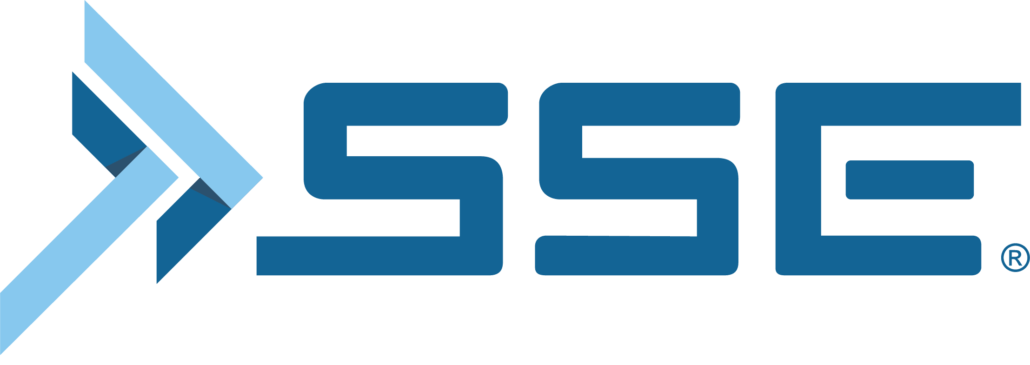What Is Multi-Factor Authentication and Why Do I Need It?
The new DoD cybersecurity mandate has supply chain outfits facing a deadline. Businesses must earn certification quickly or lose profit-driving contracts.
The new DoD cybersecurity mandate has supply chain outfits facing a deadline. Businesses must earn certification quickly or lose profit-driving contracts.
Multi-factor authentication (MFA) is a security measure that requires two or more credentials to verify someone’s identity. It can be used to create a layered defense against unauthorized access to information, accounts, or even physical locations. It may be less convenient than simply typing in your username and password, but it’s also a much safer security solution.
You may not realize it, but you use multi-factor authentication often throughout your life. For example, if you ever pay for something using a debit card, you’ll be required to provide a personal identification number (PIN). The first step of identification is possessing the card, the second step is knowing the PIN. So if a stranger were to steal your debit card, they may have bypassed the first barrier, but your money will remain safe thanks to the second barrier.
One of the biggest problems with traditional logins that only require a username and a password is the fact that hackers can capture a password database. Capturing a password database allows hackers to verify their guesses when performing a brute force cyberattack. Even more troubling is that general-purpose graphics processing units (GPGPUs) and rainbow table have given hackers the power to crack 14-character alphanumeric passwords in about 160 seconds.
The adoption of MFA was largely driven by regulations calling for enhanced cybersecurity to protect consumers. Instead of only asking a user to supply a username and a password, accounts using MFA would now also ask for an additional authentication factor. While it isn’t a perfect solution for stopping all intrusion attempts, it is an effective countermeasure against brute force attacks.
MFA programs use authentication methods that require users to provide independent identifying factors to gain access to online accounts. This creates an extra layer of defense against intrusion attempts.
The three most common types of authentication factors are:
Other types may use information such as your location or time. The most commonly used authentication factor, however, is something you have. Two-factor authentication, also known as two-step verification, will usually have you use your mobile phone as the second authentication factor.
Without a doubt, the ubiquity and functionality of smartphones have made MFA easier. Smartphones allow you to receive SMS messages with a verification code to enter. Unlike a PIN, this code is different every time you login. In addition, authentication apps such as Duo Mobile and Google Authenticator have grown in popularity by eliminating some of the hassle associated with MFA.
Many of the problems that come with MFA deal with user inconvenience. The extra layer of security also adds extra steps to the verification process. Many users find the time it takes to perform this extra step to be annoying and cumbersome. Inconvenience isn’t the only issue, however, as smartphones come with their own risks. For example, a trojan could piggyback off a legitimate login that used MFA. There’s also the problem of centralizing all of your security to a single device.
A security solution that can stop all cybercrime 100% of the time is something that doesn’t exist in the real world. However, by adding more authentication factors to your account login, you make it more difficult for your account to get hacked. Think about it like the security for your car. Locking the doors and activating the alarm won’t stop all criminals from breaking into your car, but it will deter many of them from trying. If you have the option, you should always turn on MFA.
At SSE, we understand how important it is to protect your company’s sensitive information from data breaches and other incidents. That’s why we offer a number of cybersecurity solutions that can be tailored to your business needs. If you’d like to learn more about our services, give us a call today!
Check out some of our technology and DOD cybersecurity articles.



Interested in how SSE can optimize your business systems to ensure maximum availability and security? Contact our team today, and take a leap forward into the future of technology.
9666 Olive Blvd # 710,
St. Louis, MO 63132
info@sseinc.com | (314) 439-4700

 Data Breaches: The State of the Financial Industry
Data Breaches: The State of the Financial Industry
Enter your contact details below to start the process.
